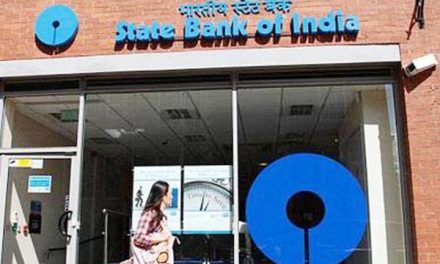E-commerce allowed amid lockdown 3.0: The government allowed e-commerce companies such as Amazon and Flipkart to deliver both essential and non-essential items in districts categorized as green and orange zones in Lockdown 3.0 that begins May 4 and runs for two weeks. However, they still can’t sell non-essential items in red zones, where their biggest markets are located.
Now, as per the Ministry of Home Affairs, Customer could be able to shop for new smartphones, laptops and other electronic items. However, conditions apply in this case.
According to the MHA guidelines, the sale of non-essential items via e-commerce platforms will only be allowed in those areas where the COVID-19 cases are non-existent or sparse. The government states that e-commerce platforms will be able to deliver non-essential items only in those areas that have been marked under orange and green zones. For red zones, the restrictions still apply, which means if you are in Delhi under a red zone, you won’t benefit from anything.
“It’s certainly not going to be business as usual, but this will be a slow path to an economic revival,” said an executive, who maintained that the MHA’s announcement was positive for the e-commerce industry. “It will take a few days before we really understand the kind of demand that exists in these markets and we will ramp up slowly.”
Big online retailers typically draw over 90% of sales from non-essential items such as smartphones, electronics, appliances and apparel, and have been severely affected by the shutdown, unlike other countries where online commerce is operational and has surged as people stay away from stores. So far, e-commerce providers were allowed to deliver only essential items.
As the restrictions ease in select areas, we could soon see smartphone companies launching new phones. OnePlus announced its OnePlus 8 series phones for the Indian market a few weeks ago, giving out the prices as well but halting the sale due to the lockdown. Apple too announced the iPhone SE for the Indian market, starting at a price of Rs 42,990.
“Huge demand comes from customers in red zones for non-essentials. We are hopeful that the essentials list gets expanded so that more items can be sold in these areas as well,” said an online commerce firm executive.











